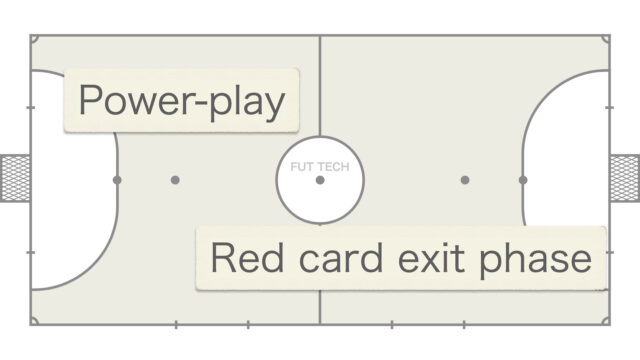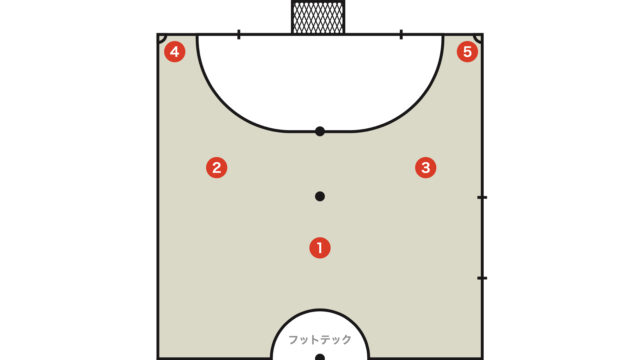Unlike soccer, if a player is sent off with a red card and the team is one player down, they can either defend successfully for more than 2 minutes or concede within 2 minutes to bring the sent-off player back on.
Of course, most teams would prefer to score within 2 minutes (before the opponent returns) and defend successfully for 2 minutes.
However, many teams might think, “Scenarios leading to a red card are so rare, there’s no need to practice for them,” and find themselves unprepared, unsure of what to do when faced with a sending-off situation on match day.
This article will carefully explain the most orthodox ways to attack and defend in such sending-off scenarios.

The Essence of Attack and Defence
The essence of attack and defence in sending-off situations is common with special situations including power plays.
- Aim for the goal first and foremost
- Look for skip passes
- Delay the rotation of the defence
- Protect the goal as a priority
- Intercept skip passes
- Keep the defence compact and rotate efficiently
The most orthodox attacking formation in front of the goal is the box shape (2-2), and accordingly, the most classic way to defend is to maintain a compact triangle shape.
(As a result, the defence usually forms a shape with two at the back and one in front.)
Of course, if the attacking formation changes, the optimal defensive shape may vary slightly, but the essence of defending compactly with three players remains unchanged despite being numerically disadvantaged.
- 2-2 (The most orthodox formation)
- 2-1-1 (Overload)
- 1-1-2
- 3-1 (Three players on the side + Pivot)
- 1-3 (Isolation of the Fixo)
Initial Setup and Defensive Roles
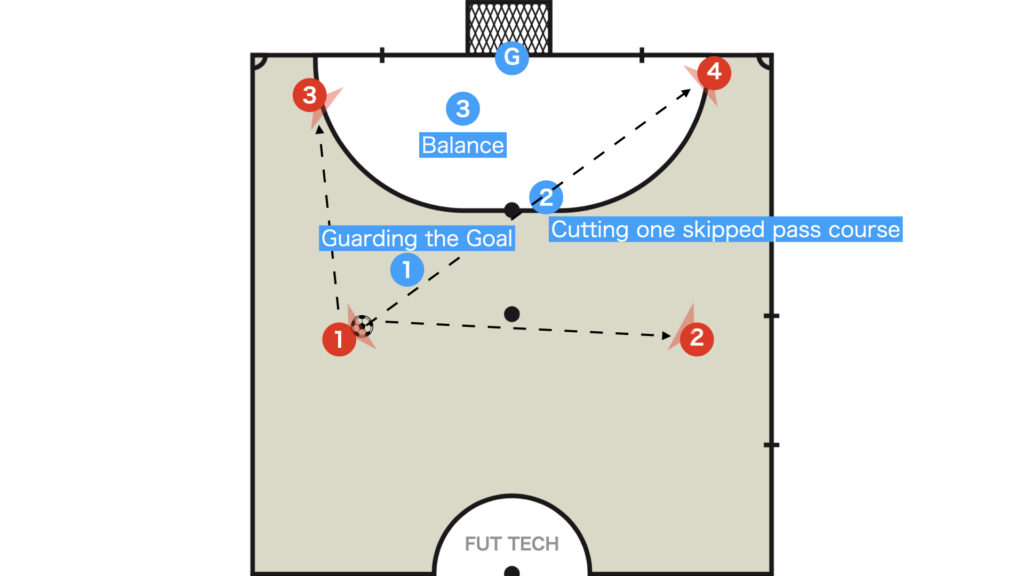
- The formation is 2-2
- Place a Pivot in the frontline and at least one Shooter at the back
- Position players so that their dominant foot is on the opposite side (be conscious of body orientation)
- First player (Blue 1): Protect the goal→Apply pressure as the 1st Defender to the ball holder
- Second player (Blue 2): Restrain the passing lane→Cut off the diagonal skip pass route
- Third player (Blue 3): Cover (maintain balance)→Slide & respond wherever the ball is played
When the Ball Goes Sideways
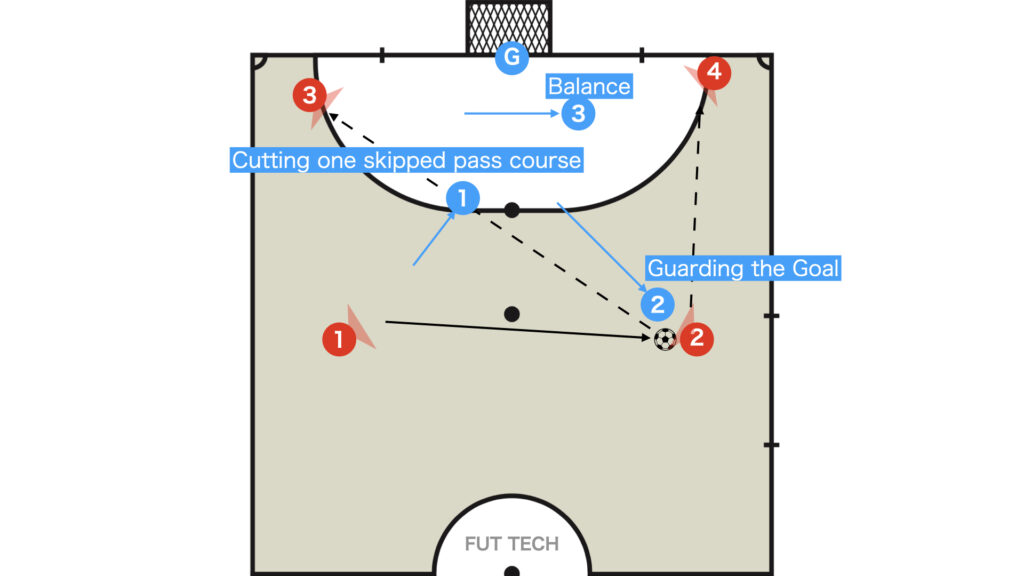
When a lateral pass is made, the two front players (Blue 1 and Blue 2) slide and exchange roles.
If this slide is slow, it allows the opposition to complete a skip pass or take a shot, increasing the risk of conceding a goal.
- Minimize the time between trapping the ball and passing
- Increase the speed of passes
- Use direct passes
- Look up→Check for skip pass routes and shooting lanes
When a Vertical Pass is Made
Defence: Care for the Segundo and Rebound Positions (Routes)
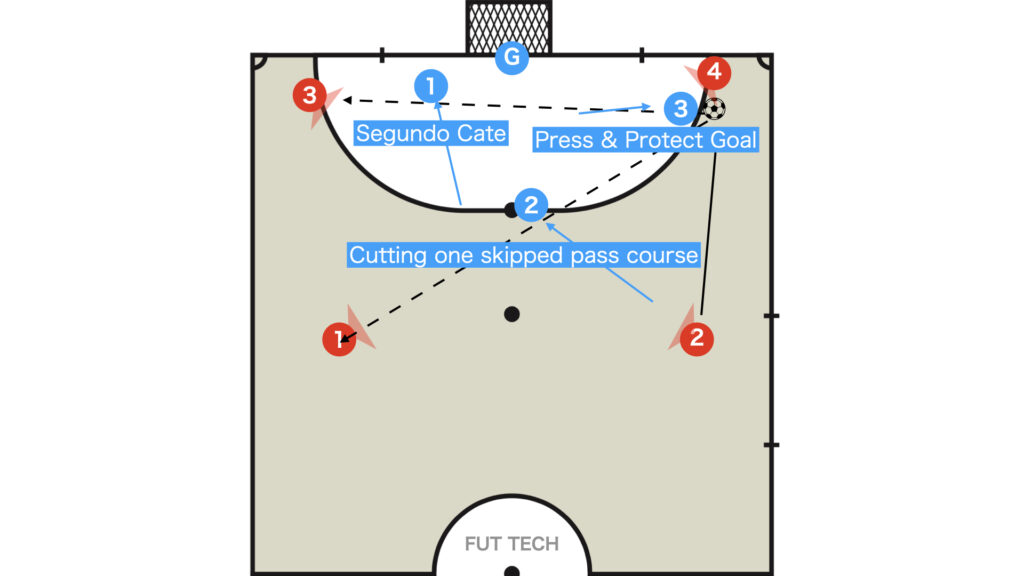
When the ball reaches the front line, the attack may directly aim for the Segundo and Rebound routes, so it’s important to prioritize cutting off the pass route to the Segundo.
Attack: Create a Finish Triangle
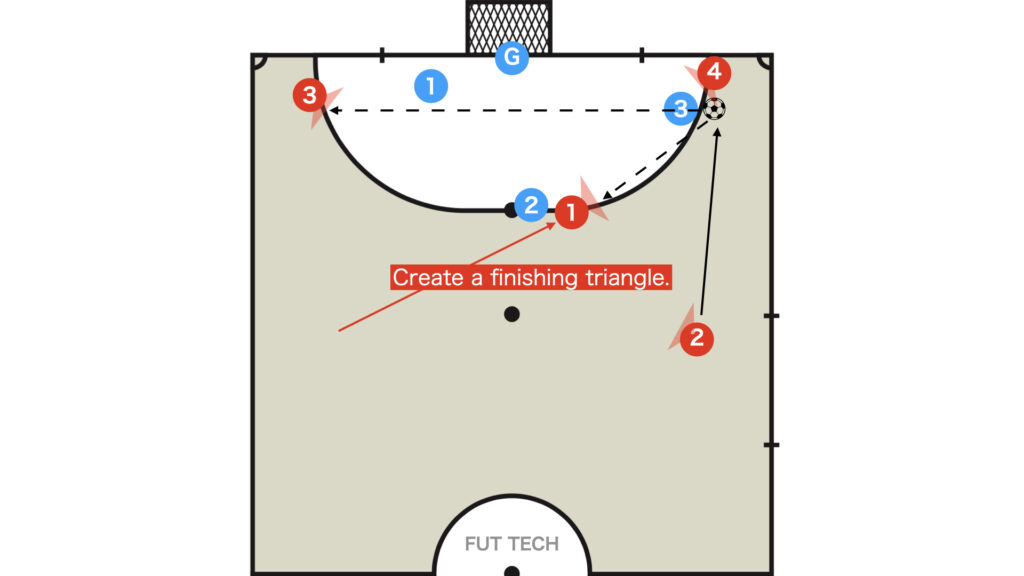
When the ball is played to the front line, the diagonal player moves into the Rebound Position to create the Finish Triangle. (The reason for choosing the diagonal player is to ensure an outlet for the pass when there are no other options.)
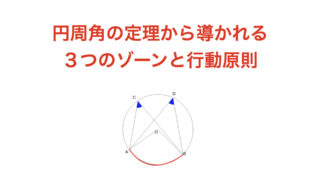
When a Diagonal Pass is Made
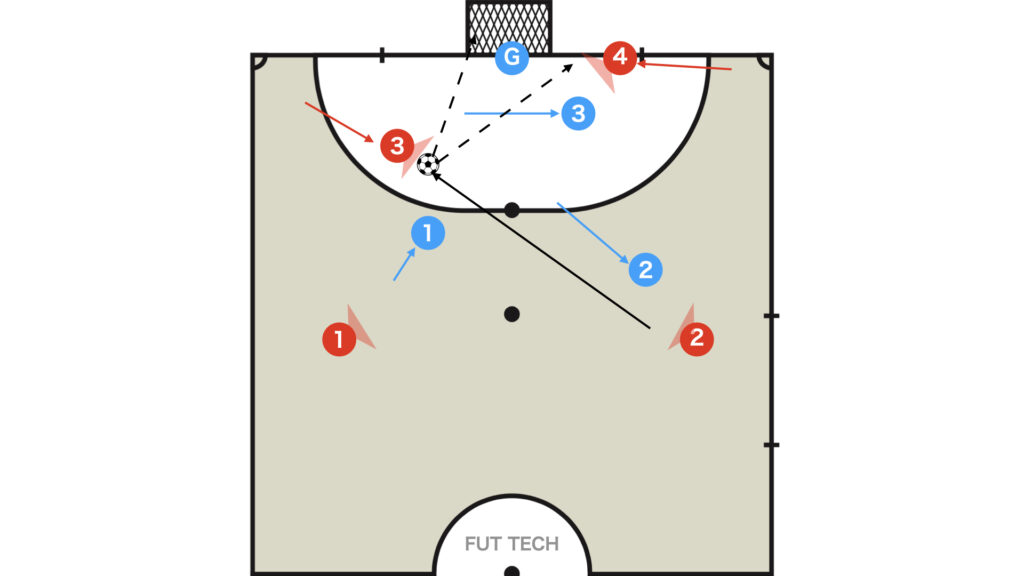
If the defence’s response is delayed, a diagonal pass route may open up, so it’s important to quickly exploit it.
Once a diagonal pass is made, aim for a direct shot or the Segundo.
When the Opponent’s Defence is Compact and Can’t Be Broken Down
Creating Overload through Line Cutting
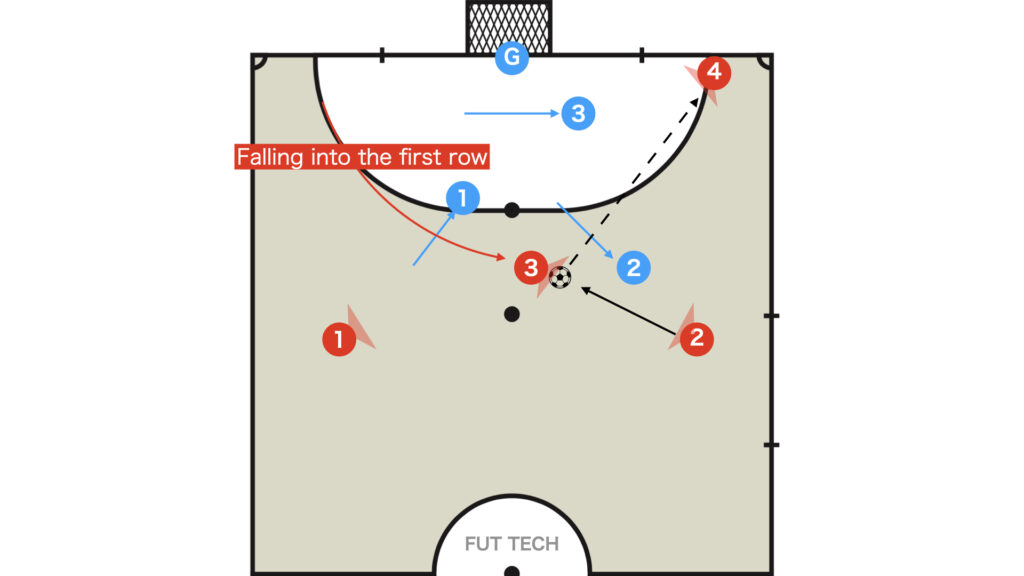
When the opponent’s defence is compact and rotates quickly, it is effective for the frontline player to line cut and drop into the first line (between the lines) to create variation.
This creates a numerical advantage on the right side, leading to an overload.

Bringing the Goalkeeper Forward for a Power Play (5vs3)
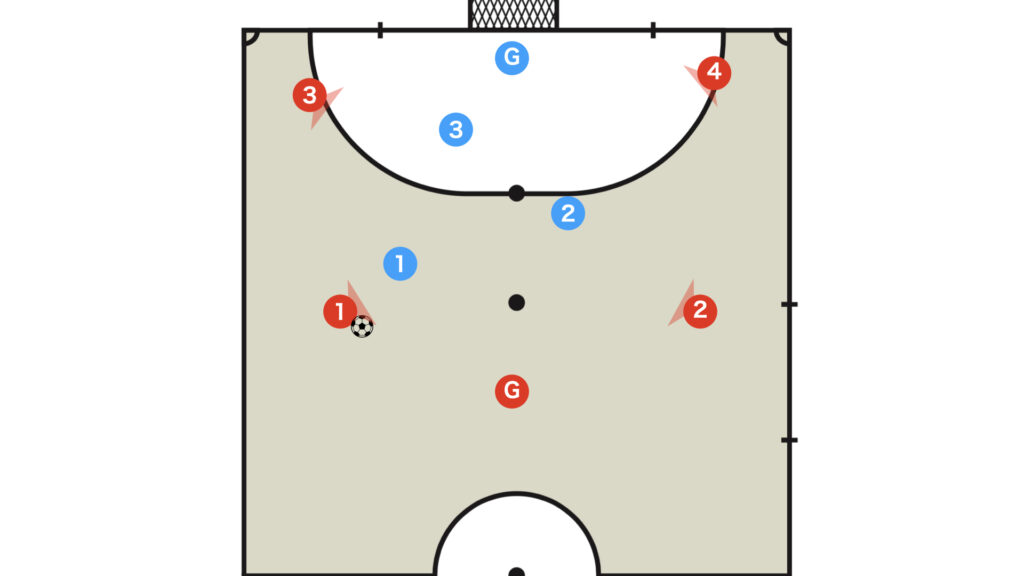
If you urgently need a goal or are having difficulty scoring, bringing the goalkeeper forward to create a 5vs3 situation can also be effective.
Having two more players than the opponent makes attacking easier, but leaving the goal unguarded also carries the risk of conceding.
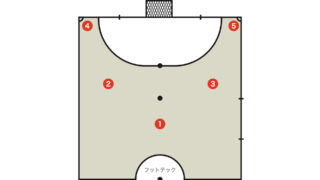
Conclusion
How did you find this article?
Red card sending-off situations are rare, so it seems that few teams practice and prepare for them.
It is recommended to practice for sending-off situations at least once every six months.
Thank you very much for reading this article to the end.
If you found this article useful, please consider sharing it using the social media share buttons above.
We regularly share valuable insights on futsal tactics on Twitter, so if you haven’t followed us yet, we’d appreciate your support!
We are committed to raising the level of futsal in Japan by sharing high-quality information through discussions with individuals who have coaching experience in the F.League and overseas.
If you have any questions or notice any mistakes, feel free to leave a comment below.
We update our articles regularly, so if you’d like to keep reading, please bookmark our site or search for “FutTech”!
